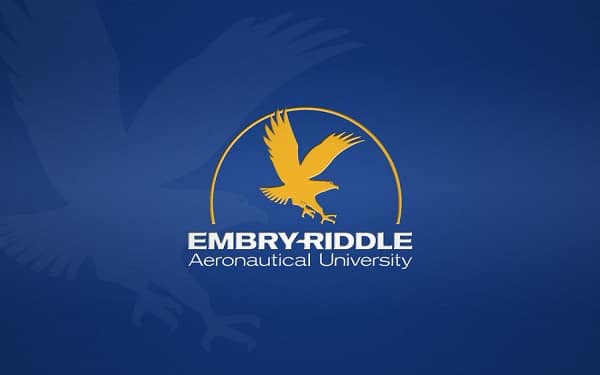University Strives to Restore Historic Biplane

 Embry-Riddle is trying to raise $150,000 to fully restore its historic 1928 WACO aircraft, owned by founder T. Higbee Embry and used in the school’s early days for flight training and airmail delivery.
Embry-Riddle is trying to raise $150,000 to fully restore its historic 1928 WACO aircraft, owned by founder T. Higbee Embry and used in the school’s early days for flight training and airmail delivery.
“It is a living, flying part of Embry-Riddle history,” said Louis C. Seno Jr., the university’s vice president for corporate relations and government affairs. “The goal is to complete the airplane in early July so it can make its debut at the 2016 EAA AirVenture at Oshkosh (Wisconsin).”
In honor of the university’s year-long celebration of its founding 90 years ago in 1926 in Cincinnati, Ohio, the WACO will also be showcased at Embry-Riddle’s Oct. 8-9, 2016, Wings & Waves Air Show and other special events.
“Our 1928 WACO not only shows where Embry-Riddle came from, but it also is an inspiration for future generations of aviators,” said Kyle Ludwick (‘14, DB), associate director of corporate relations.
People young and old enjoy vintage airplanes and this rare restored aircraft will fly at air shows and other venues around the country, educating new generations about Embry-Riddle's leading role in aviation, he said. The historic WACO will also serve as a symbol of pride for the university, its alumni and students.
Help Needed
Preserving Embry-Riddle history and the survival of a historic aircraft is an expensive labor of love. But the university has a rare opportunity to preserve a special piece of its past, while keeping a one-of-a-kind pre-WW II-era aircraft flying to share it with Embry-Riddle students and the greater public. Alumni and friends can help preserve the history and craftsmanship from the early days of flight and the university, by contributing to the WACO rehabilitation project. A crowdfunding effort is underway at crowdfunding.erau.edu.
Future Meets the Past
Embry-Riddle acquired the WACO about 10 years ago from a South Florida owner, who had done some restoration work on it 25 years ago, Seno said. However, this project will involve completely recovering and painting the fabric-covered plane, overhauling its landing gear and propeller and installing modern tires, wheels and brake, so it can be flown on a regular basis.
The plane was designed to land directly into the wind on a grass field, so the modern upgrades will make it much easier to land on paved runways and in crosswinds at modern airports, said Richard “Pat” Anderson, an Embry-Riddle professor of aerospace engineering who has flown the plane.
“With the restoration, there will come some additional capabilities to showcase the airplane,” said Anderson.
WACO Aircraft, based in Battle Creek, Mich., will be restoring the aircraft to competition quality. Plans include flying it in formation with Matt Chapman’s Embry-Riddle Extra 330LX aircraft at the 2016 EAA AirVenture opening ceremony, said Seno.
A WACO tour is also anticipated to celebrate Embry-Riddle’s 90th anniversary with the aircraft stopping in Oshkosh, Cincinnati and other locations along the East Coast. The aircraft is also slated to be used in Embry-Riddle marketing and recruiting events, fly-ins and airshows, primarily in the Southeast United States.
“It will be kept in continuous airworthy condition,” said Seno.
Click here to learn more about Embry-Riddle’s WACO restoration project.
